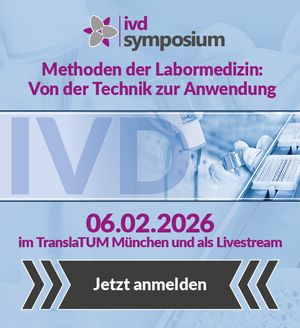Die adjuvante Therapie hirneigener Tumoren
Zusammenfassung
Auch nach einer aggressiven operativen Resektion ist eine adjuvante Therapie bei anaplastischen Gliomen (WHO-Grad III) und Glioblastomen (WHO-Grad IV) notwendig. Die Standardtherapie nach der Erstdiagnose eines Glioblastoms ist eine kombinierte Radiochemotherapie mit nachfolgender intermittierender Chemotherapie. Bei Patienten > 65 Jahre mit positiv methyliertem MGMT-Status ist eine alleinige (intensivierte?) Chemotherapie mit Temozolomid möglich. Die Therapie anaplastischer Grad-III-Gliome ist abhängig von der neuropathologischen Diagnose des Subtypus. Bei anaplastischen Oligodendrogliomen und Oligoastrozytomen konnte ein eindrucksvoller Überlebensvorteil nach sequentieller Radiochemotherapie nachgewiesen werden. Für anaplastische Astrozytome mit IDH1-Wildtyp gilt die aktuelle Empfehlung, hier ähnlich den Glioblastomen zu therapieren. Bei diffusen Grad-II-Gliomen wird die Anwendung der adjuvanten Therapie weiter diskutiert – bislang ohne Konsens. In Abhängigkeit von Risikofaktoren, die einen aggressiveren Verlauf zu identifizieren versuchen, werden individuell Strahlen- und Chemotherapie mit dem Patienten besprochen.
Unabhängig von der Diagnose ist eine regelmäßige MRT-Kontrolle essenziell, um den Krankheitsverlauf und das Therapieansprechen evaluieren zu können.
Schlüsselwörter: Glioblastom, anaplastisches/diffuses Gliom, MGMT, Strahlentherapie, Chemotherapie
Vollständigen Bericht online lesen oder als PDF downloaden.
Adjuvant therapy of brain tumors
Summary
Even after aggressive surgical resection of anaplastic gliomas (WHO grade III) and glioblastomas (WHO grade IV) adjuvant therapy is imperative. After initial diagnosis of glioblastoma a combination of radio- and chemotherapy with subsequent intermittent chemotherapy is standard. Patients > 65 years with a positive methylation status of the promoter of the MGMT gene can be treated by (intensified?) temozolomide chemotherapy alone. The treatment of anaplastic grade III gliomas depends on the neuropathological diagnosis of the subtype. For anaplastic oligodendrogliomas and oligoastrocytomas an impressive overall survival benefit after sequential radiochemotherapy could be shown. For anaplastic astrocytomas with IDH1 wildtype the current recommendation is to treat them as in a similar manner as glioblastomas are treated. In diffuse grade II gliomas discussion of adjuvant treatment continues – so far without a consensus. Depending on risk factors which may identify a more aggressive course radio- and chemotherapy are discussed with the patient on an individual basis. Irrespective of the exact diagnosis regular MRI controls are essential in order to be able to evaluate the course of the disease and the response to therapy.
Keywords: glioblastoma, anaplastic/diffuse glioma, MGMT, radiotherapy, chemotherapy

Dr. Marion Rapp
Oberärztin Neurochirurgische Klinik, Arbeitsgruppe Neuroonkologie
Psychoonkologin (WPO)
Universitätsklinikum Düsseldorf
Moorenstraße 5, 40225 Düsseldorf
+49 211 8107458
+49 211 81 17674
marion.rapp[at]med.uni-duesseldorf[dot]de


